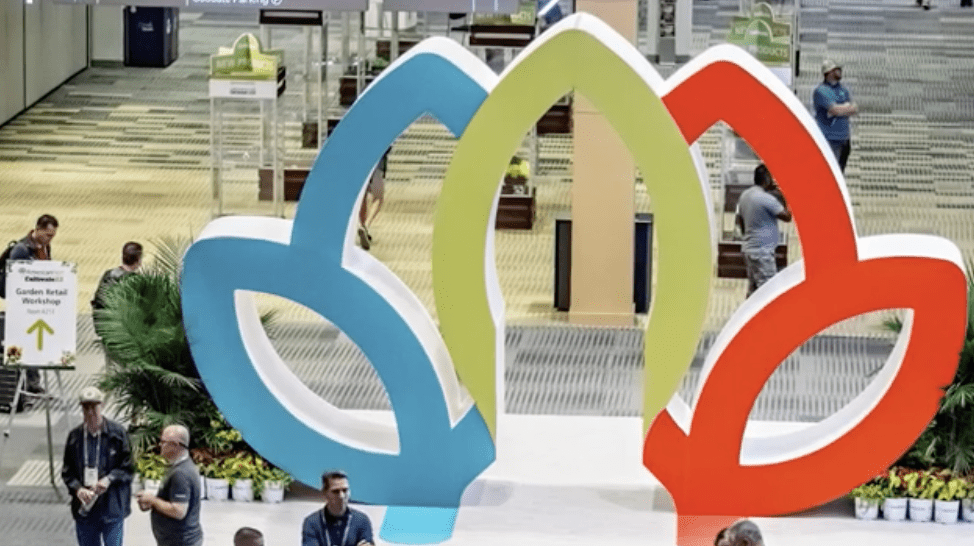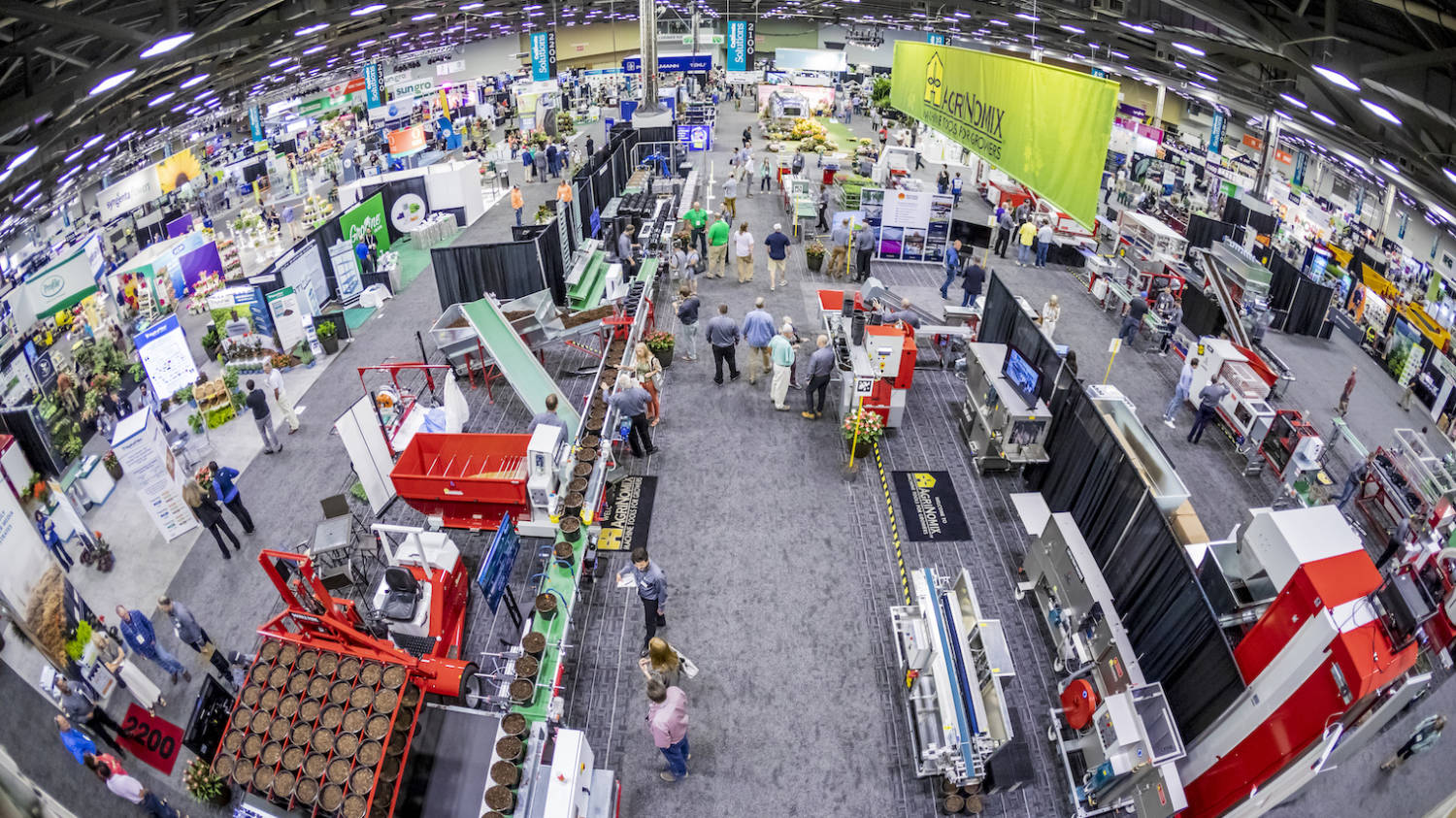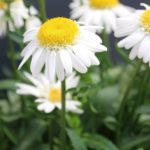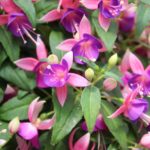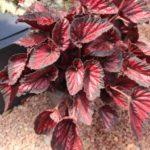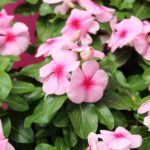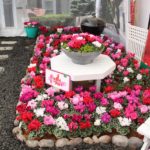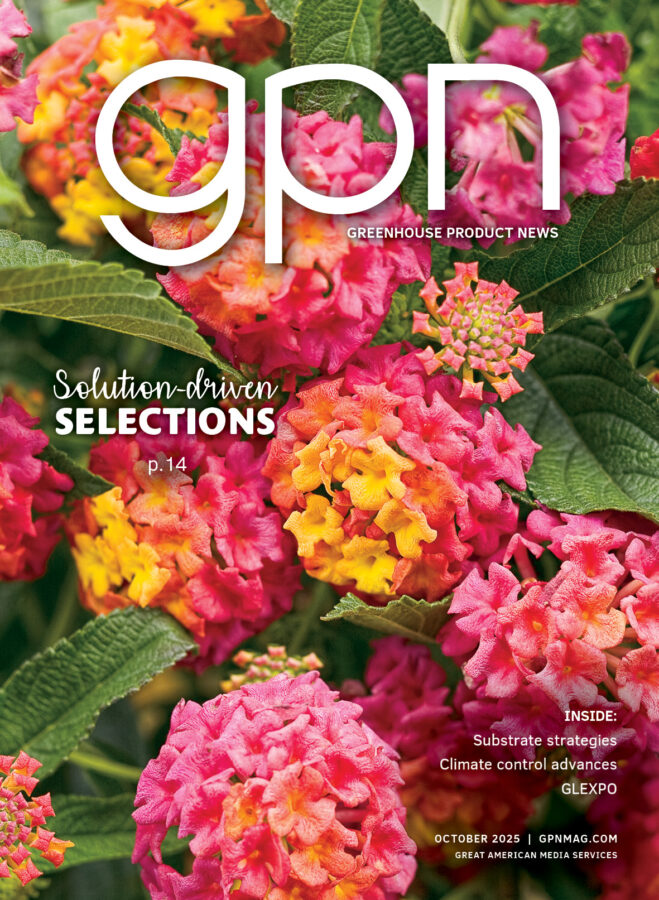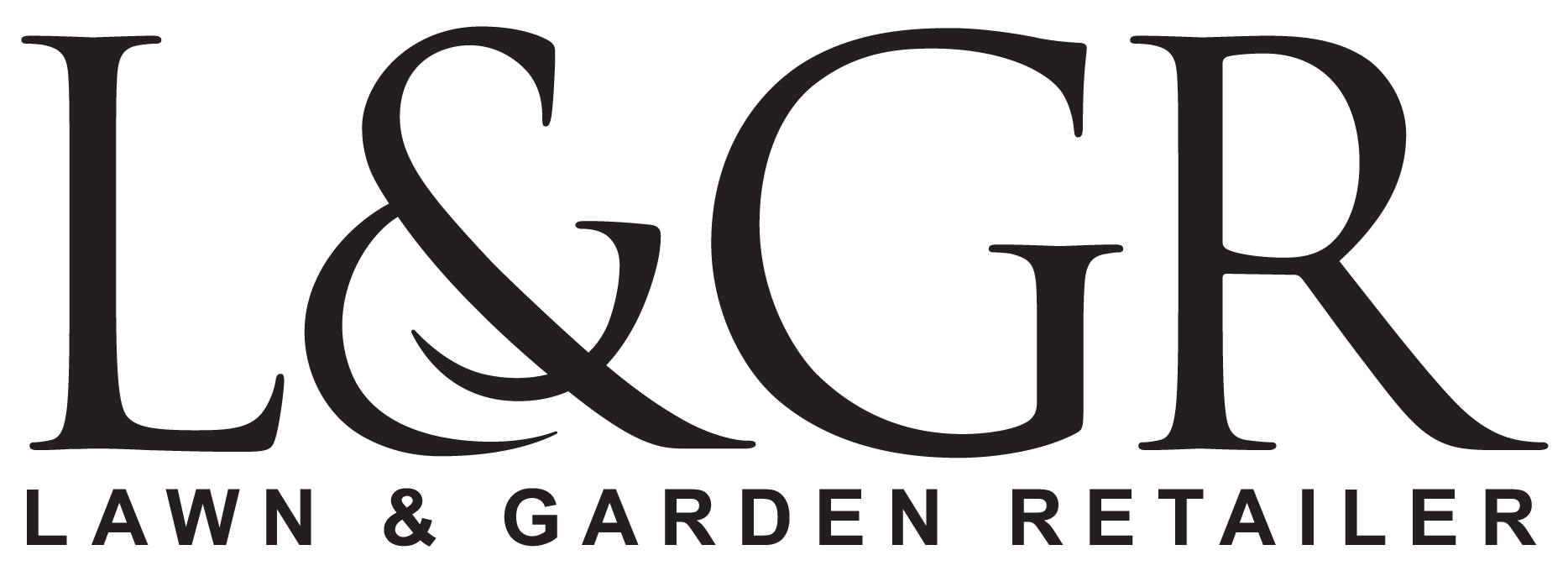
Technically Speaking: Managing light during cutting propagation
A variety of ornamental crops are propagated by unrooted cuttings (URCs). This propagation technique helps ensure genetic uniformity so desired traits are passed from one generation to the next. It usually takes two or three days from the time cuttings are harvested from stock plants until they arrive at the propagator. The prolonged period of dark exposure depletes the carbohydrates status, the magnitude of which partly depends on the temperature of the box during shipping and storage.
The time for URCs to root varies by crop as well as environmental conditions and plant culture. One of the more challenging environmental parameters to control is light intensity, both on an instantaneous and cumulative basis. If light levels are too low, the time to develop an adequate root system is prolonged and, thus, propagation time is extended. If light levels are too high, leaves may become scorched and plants can experience even more stress. To complicate things, recommended light levels generally increase from the time cuttings are stuck until they are fully rooted.
The propagation time for URCs of many crops is 15 to 20 days when environmental conditions are favorable. We can divide that period into three stages based on the formation of callus and the development of the root system.
STAGE 1
Stage 1 begins when URCs are stuck and lasts until the stem has callused and the first root initials are visible. For many crops, this stage lasts 5 to 7 days when the environment is well controlled. During this time, the recommended average daily light integral (DLI) is 4 to 5 mol∙m–2∙d–1 with peak intensity not to exceed a photosynthetic photon flux density (PPFD) of 200 μmol∙m–2∙s–1. From late fall through early spring and in temperate climates, supplemental lighting at 50 to 90 μmol∙m–2∙s–1 can help achieve this moderately low DLI. During this stage, a higher intensity of supplemental lighting can have negative effects on some cultivars and species.
In addition to light intensity and DLI, sunlight should be diffused to prevent localized bright spots and ensure more uniform rooting of the crop. This can be accomplished by using a retractable shade curtain, especially one that has diffusive properties. When solar light levels are higher (such as an outdoor average DLI >20 mol∙m–2∙d–1), application of a shading compound to the external glazing can decrease the light intensity, decrease thermal gain inside the greenhouse and create a more diffuse light environment.
STAGE 2
Stage 2 begins with the first few roots emerging from the stem and ends when roots reach at least one edge of the liner cell. This period often lasts 4 to 6 days when in good growing conditions. Now that plants are better able to uptake water and fertilizer, light levels can be increased. During this stage, a recommended DLI is 6 to 8 mol∙m–2∙d–1 and a maximum PPFD of 400 μmol∙m–2∙s–1. Although diffuse light is still recommended, it isn’t as critical as during Stage 1.
STAGE 3
Stage 3 begins when roots first reach one or more sides of the cell and ends when the liner is well rooted and ready for transplanting. This period typically lasts 6 to 8 days. At this point, an average DLI of 8 to 12 mol∙m–2∙d–1 is recommended — although in many species, plants can tolerate even more light.
The PPFDs and the DLIs are those inside the greenhouse at crop level. Accurate measurement necessitates quantum sensors that are clean, level and in one or more representative locations. Quantum sensors located outside the greenhouse are only marginally useful because light measurements do not consider decreases in light intensity from retractable shade/energy curtains, whitewash and/or fogging systems. They also don’t consider supplemental electrical lighting. Therefore, measurement of light intensity inside the greenhouse is strongly recommended. Finally, quantum sensors that are more than 10 years old likely need to be recalibrated and possibly replaced.
Many commercial growers do not intentionally control the photoperiod. Growers with supplemental lighting usually operate lamps on cloudy days and during the night for up to 18 hours per day. Although this extended period of light may be needed to deliver the target DLI, long days (short nights) promote flowering of many annual bedding plants and herbaceous perennials, which is undesirable during propagation. Therefore, limiting the photoperiod to 13 hours can help prevent premature flowering.
BEYOND LIGHT
While light provides the energy for URCs to become rooted, other environmental parameters need to be controlled, particularly during stages 1 and 2, to fully realize the benefits of light management. For most crops, this means a root-zone temperature of 73° F to 77° F and an air temperature of 68° F to 73° F under sunlight with or without high-pressure sodium lighting. A slightly warmer air temperature of 71° F to 75° F is recommended with supplemental LED lighting. Once cuttings reach stage 3, the air temperature can be decreased to slow down shoot growth and increase plant resilience. In addition, during stage 1, the vapor-pressure deficit should be low (e.g., 0.3 kPa or lower), with little to no air movement.
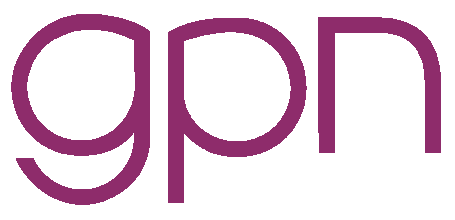


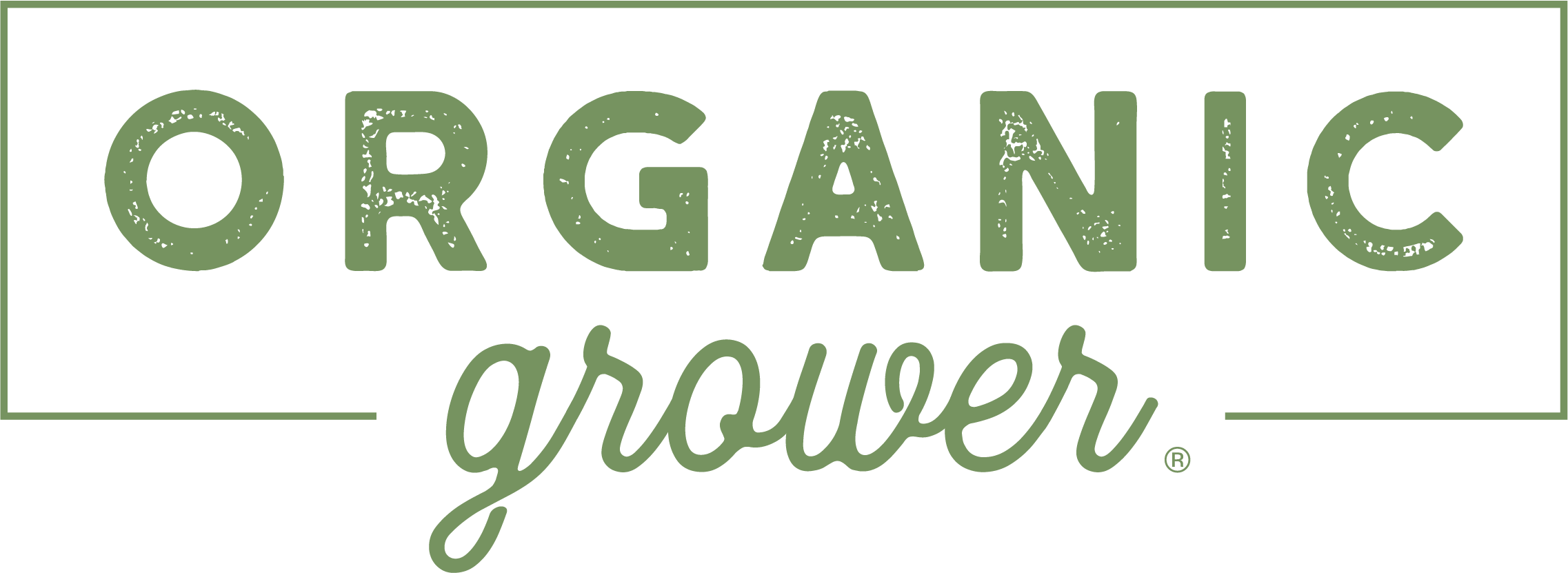




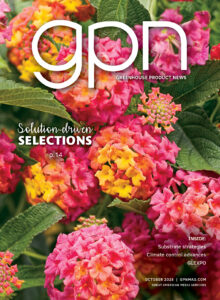
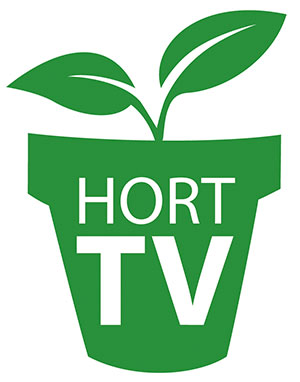 Video Library
Video Library 